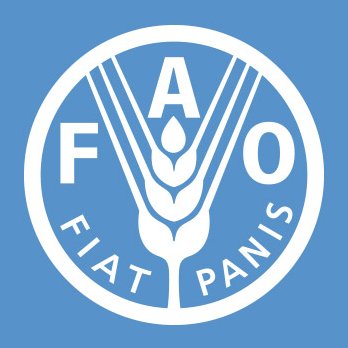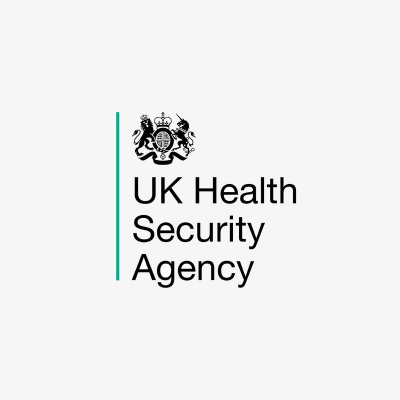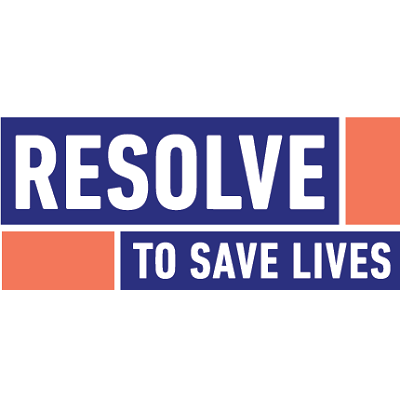WHO counts on the support of over 800 collaborating centres to do its mandated work and implement its programmes. To find out what these WHO collaborating centres are and their area of work with WHO please visit the database. You can also learn more about the WHO collaborating centres here.
Neighbouring Countries

29 - 02 August 2025
17 - 23 March 2016
04 - 08 June 2024
01 - 01 January 2021
15 - 19 April 2019
26 - 01 December 2021
Ground Crossing
Port
Airport
Completed
2023
AMR Self Assessment
No Data!
MPC
Multisectoral Preparedness Coordination
Universal Health Coverage
Sustainable Development Goals
SDG Target 3.b
SDG Target 3.c
SDG Target 6.2
Others
Conducted
2024
NAPHS
No Plan or Plan not publicly available
Influenza Plan
D - National AMR action plan approved by government that reflects Global Action Plan objectives, with a budgeted operational plan and monitoring arrangements.
AMR PLAN
Public Health Emergencies Preparedness
-
 Austrian Development Agency (ADA)
Austrian Development Agency (ADA) -
 U.N. Food & Agriculture Organization (FAO)
U.N. Food & Agriculture Organization (FAO) -
 PIP Framework
PIP Framework -
 UK Health Security Agency (UKHSA)
UK Health Security Agency (UKHSA) -
 Resolve to Save Lives
Resolve to Save Lives
-
The overall goal of the IFRC’s intervention in Guinea and Liberia is to contribute to the reduction of mortality and morbidity related to the Ebola virus disease (EVD) there.
In Guinea, the IFRC has appealed for a total of some CHF 8.93m to delivering assistance and support to some 11.1m people, in Liberia, the IFRC has appealed for a total of CHF 8.5m to support to some 4.5m people.
In both countries, the intervention aims to reach the following results:
1) Community-based disease prevention and health promotion is provided to the targeted population, including:
a) Training 2,000 volunteers per country in EVD signs, symptoms, prevention measures and referral.
b) Procuring 5.400 PPE (Personal Protective Equipment) Kits and train volunteers on their use.
c) Produce and disseminate 100.000 pieces of information material, incl. leaflets and posters.
d) Organize drama performance and role plays at markets and other public gatherings to attract mass attention to pass the key messages
2) Contribution to epidemiological investigation and epidemic control measures are carried out, including:
a) Establish Community Emergency Response Teams in affected communities.
b) Train 300 volunteers and 50 supervisors in case finding and contact tracing.
c) Deploy 100 volunteers each to organize the search for suspected cases in the community and for disinfection of high-risk areas, secure burial of dead bodies and secure waste disposal
d) Accompany and support individuals discharged from isolation back to their communities to assist in re-entry and re-assure community
3) Psychosocial and economical support to the affected population, including:
Cash support to individuals or families who have lost belongings due to
disinfection and epidemic control measures – 64 CHF per family for up to 300 families with positive cases.
4) The National Red Cross Societies are prepared countrywide to respond to this and future epidemics in a coordinated manner. -
Prevent, detect and response of monkey-pox
-
To establish and strengthen influenza surveillance systems, knowledge and capacities for a timely and appropriate response to pandemic influenza
-
To support Africa Centres for Disease Control and Prevention (Africa CDC) with the COVID-19 pathogenic genomic sequencing initiative
-
Support Africa Centres for Disease Control and Prevention (Africa CDC) with the distribution of COVID-19 vaccines across the continent
-
To support the UK's New Variant Assessment Platform (NVAP) rollout to African Union Member States, to enhance the detection and subsequent assessment of SARS-CoV-2 variants
-
Support Africa Centres for Disease Control and Prevention (Africa CDC) to undertake a rapid mortality survey to assess the impacts from COVID-19
-
Support Africa Centres for Disease Control and Prevention (Africa CDC) and partners response to Covid-19
-
Support Africa Centres for Disease Control and Prevention (Africa CDC) to develop and strengthen the Africa CDC Kofi Annan Global Health Leadership Programme
-
Support Africa Centres for Disease Control and Prevention (Africa CDC) to develop and strengthen the Africa CDC Kofi Annan Global Health Leadership Programme
-
Support Africa Centres for Disease Control and Prevention (Africa CDC) to develop monitoring and evaluation of the Partnership to Accelerate COVID-19 Testing: Trace, Test and Track initiative
-
Support Africa Centres for Disease Control and Prevention (Africa CDC) with the organisation and delivery of the Africa CDC virtual conference 'Africa's Leadership in COVID-19 Vaccine Development and Access'
-
Support Africa Centres for Disease Control and Prevention (Africa CDC) and partners to develop guidance for sero-surveillance surveys
-
Support Africa Centres for Disease Control and Prevention (Africa CDC) and partners to develop and strengthen the African Volunteer Health Corps (AVoHC) for effective public health deployment for COVID-19 response
-
To support Africa Centres for Disease Control and Prevention (Africa CDC) with the development and implementation of COVID-19 guidance
-
"Integrated training of healthcare workers; Infection Prevention and Control monitoring and supportive supervision"
-
To provide real-time feedback and guidance to governments in Africa about the impact of PHSM on key social and economic indicators.
-
To provide fast, flexible funds to help mobilize response teams and procure necessary supplies.
- National Legislation, Policy and Financing
- IHR Coordination, Communication and Advocacy
- Antimicrobial Resistance
- Zoonotic Disease
- Food Safety
- Biosafety and Biosecurity
- Immunization
- National Laboratory System
- Real-Time Surveillance
- Reporting
- Workforce Development
- Preparedness
- Emergency Response Operations
- Linking Public Health and Security Authorities
- Medical Countermeasures
- Risk Communication
- Points of Entry (PoEs)
- Chemical Events
- Radiation Emergencies
- National Institute of Infectious Diseases (NIID)
- AFENET
- Africa Centres for Disease Control and Prevention (Africa CDC)
- African Society for Laboratory Medicine (ASLM)
- Argentina, National Food Safety and Quality Service (SENASA)
- Asia-Europe Foundation (ASEF)
- Asian Development Bank (ADB)
- Asian Infrastructure Investment Bank (AIIB)
- Australia
- Australia, Department of Foreign Affairs and Trade (DFAT)
- Austrian Development Agency (ADA)
- BDC
- Better Health Moves Humanity Forward (PATH)
- Bill & Melinda Gates Foundation (BMGF)
- Brazil, Ministry of Agriculture, Livestock, and Supply (MAPA)
- Coalition for Epidemics Preparedness Innovations (CEPI)
- Danish International Development Agency (DANIDA)
- Deutsche Gesellschaft für Internationale Zusammenarbeit (GIZ)
- Ending Pandemics
- EpiAFRIC
- EPPR
- European Union
- FAO Emergency Centre for Transboundary Animal Diseases (ECTAD)
- Fleming Fund
- French Embassy
- Fundación Maris Llorens
- GAVI, The Vaccine Alliance
- Global Affairs Canada (GAC)
- International Association of National Public Health Institutes (IANPHI)
- International Federation of Biosafety Associations (IFBA)
- International Federation of Red Cross and Red Crescent Societies (IFRC)
- International Regional Organization for Agricultural Health (OIRSA)
- Japan International Cooperation Agency (JICA)
- Japan International Cooperation System (JICS)
- Lions Clubs International
- Mekong Basin Disease Surveillance (MBDS)
- National Center for Global Health and Medicine (NCGM)
- Norwegian Institute of Public Health (NIPH)
- OPEC Fund for International Development (OFID)
- PIP Framework
- Resolve to Save Lives
- Swiss Agency for Development and Cooperation (SDC)
- The Service for the National Health for Food Safety and Food Quality (SENASICA)
- U.K, Department for International Development (DFID)
- U.N. Food & Agriculture Organization (FAO)
- U.S. Agency for International Development (USAID)
- U.S. Defense Threat Reduction Agency (DTRA)
- U.S. Department of Agriculture (USDA)
- U.S. Department of Defense (DoD)
- U.S. Department of Justice (DoJ)
- U.S. Department of State (DoS)
- U.S. Federal Bureau of Investigation (FBI)
- U.S. National Institutes of Health (NIH)
- UK Health Security Agency (UKHSA)
- United Nations Children's Fund (UNICEF)
- United States Centers for Disease Control and Prevention (U.S. CDC)
- World Bank
- World Health Organization (WHO)
- World Organisation for Animal Health (WOAH)